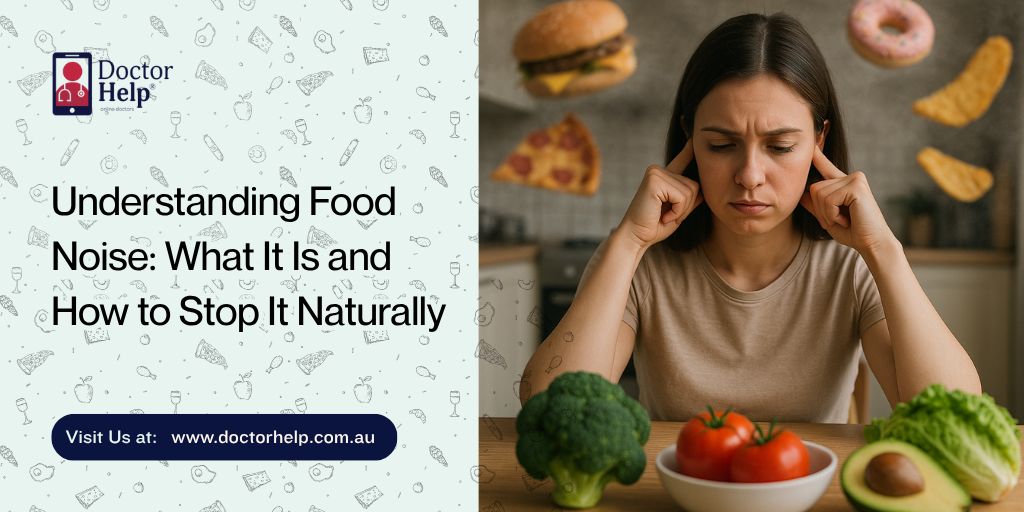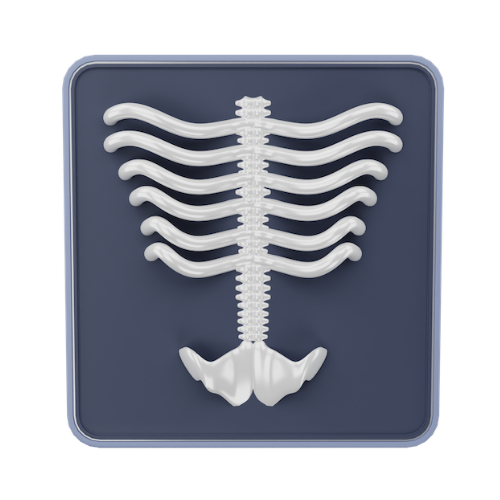Table of Contents
Euthanasia originates from the Greek language which means “good death”. This term refers to the consensual suspension of an individual’s life who suffers from an incurable terminal illness.
Another name for Euthanasia is VAD, voluntary assisted dying, in Australia any adult with a terminal illness can request to get medication from a health practitioner who will administer it to end their life.
There are two ways to monitor it:
- Self-administration allows people to take prescribed medication themselves.
- In Practitioner administration, the patient is given the medication by the GP and nurse practitioner under the influence and observance of Australian jurisdictions.
In VAD, Voluntary depicts the consent and the voluntary choice of the individual and their competency to decide to avail this option. There are many other terms used for Voluntary assisted dying such as Assistance in dying in Canada, Physician assisted dying or medical aid dying in the USA.
Types of Euthanasia
There are two different types of Euthanasia or VAD based on the method and process.
Active Euthanasia: The term “active” was used to differentiate the act under debate from “passive” euthanasia. The term “active” was used to emphasise that the act was a deliberate act to end the life of a patient.
Passive Euthanasia: The term “passive” was used to describe those forms of euthanasia involving the withdrawal or withholding of treatment and/or nutrition.
Legal Perspectives in Australia
In Australia, the legal stance on euthanasia and assisted dying varies across states and territories. Victoria was the first state to legalise voluntary assisted dying with stringent eligibility criteria and procedural safeguards. The Voluntary Assisted Dying Act 2017 (VIC) set a precedent, which led to legislative shifts in other parts of the country.
The legal stance on Euthanasia varies across the states and territories in Australia. Whereas the first state to legalise VAD is Victoria. Following Victoria’s footsteps, Western Australia enacted the Voluntary Assisted Dying Act 2019 (WA), as well as accepting this growing trend. However, there is a heterogeneity in this law on a national level, where some regions are still reluctant to openly admit this process. If we analyse this legislation, few things remain the key components which are terminal illness, mental competency, along with the succession of eloquent requests as legal provisions for accessing VAD.
Debate: The Ethical Dilemma
There is a clash that is observed in the major debates that took place for the Authenticity and the validity of Euthanasia on ethical and fundamental grounds.
One such example is found as Alessandro Cowley, a University of Sydney student, was deeply affected when his father collapsed due to end-stage kidney disease at age 15. His father, Assumptious, initially refused dialysis, fearing the treatment, but his collapse led him to begin the life-saving process.
This experience prompted Cowley, a Catholic and president of the university’s Catholic Society, to reflect on death and euthanasia. Inspired by studying philosopher Peter Singer’s work, he organized a high-profile debate on euthanasia between Professor Singer and Archbishop Anthony Fisher. This debate, moderated by Geraldine Doogue, took place at Sydney Town Hall, with live streaming available due to overwhelming interest.
Those who speak in favour of assisted dying cite the significance of respecting a patient’s wish for a peaceful death, which they perceive is better than the pain and suffering of facing a terminal illness.
Whereas, the other side puts an argument that life is bigger and more valuable which needs to be preserved. This side of the argument shows concerns about the potential for misuse, slippery slopes, and the societal missive, that may be conveyed by allowing such approaches.
Patient Liberation and Preference
This is utterly the right of the patient who is suffering from a terminal illness to decide on VAD. A major argument in support of euthanasia and assisted dying is the mitigation of suffering and the provision of a regulated and benevolent end-of-life choice.
Protecting Against Manipulated Use
There are significant deliberations that are given to ensure a robust framework to protect against misuse. This includes the psychological and physical examination for eligibility, ensuring that there is no external influence on patients while making this decision.
Alternative Treatment Option: Palliative Care
Palliative care is one of the best methodologies Australia is known for, which is viewed as an alternative to Euthanasia. This treatment focuses on holistic pain management and other deplorable symptoms of a terminal illness. Advocates of the process emphasise the significance of improving access to and quality of palliative care, which might reduce the perceived need for assisted dying options.
The Role of Healthcare Providers
Rather than debating on the validity of this procedure, it is significant to create a balance between the healthcare provider’s rights and respect for the patient’s decisions. When a patient is suffering from any terminal illness, not just the individual but their caregivers suffer from immense stress.
In this process, the most crucial role is for the healthcare providers. They need to ensure if the patient feels like speaking to the professional any time of the day, proper support and guidance are provided. Hence, online referrals are a great way to get mental health support from a psychiatrist.
Conclusion
The evolution of VAD and Euthanasia laws images a shift in the social attitudes towards morality, quality of life and the role of healthcare.
Advanced legislation may suggest a cultural modification towards greater uniqueness and autonomy. Whereas, such changes must be accompanied by ongoing public discourse and ethical scrutiny.
Conclusively, we can say that these are not just legal issues but deeply human ones, entangled with the fabric of society, ethics, and our collective ideals of empathy and dignity. Debates surrounding these topics must continue to pledge all aspects of society—lawmakers, healthcare professionals, ethicists, and public citizens—to shape a destiny. We know that end-of-life choices are difficult to make but should be an individual’s own choice although this one debate not just impacts the patients but their families on the deeper levels.













